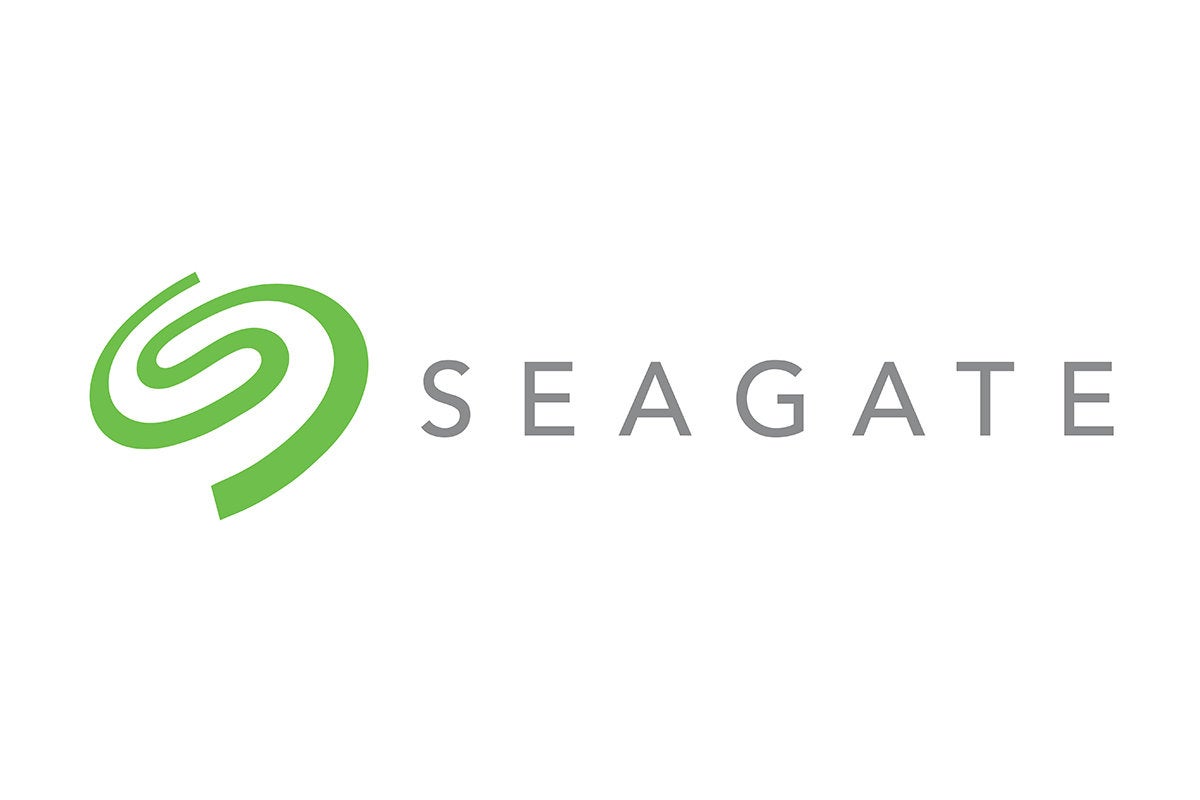 Knowing how the figures work will end up meaning no more than that you will see the writing on the wall more quickly than the average business owner might. But that will mean little if you can’t solve the problem. So how does the huge technological transformation that we are now going through affect the task of running a practice successfully? The obvious answer is, in many and various ways. The app and smartphone combination has completely transformed both the way a firm can get information from clients and the speed with which it can gather that information. Throw in instant messaging and a user base that is increasingly filling up with people who can use both thumbs to tap out replies on their favourite phone – and who do this day in and day out, regardless – and, yes, we are definitely in a different world by comparison with, say, a decade ago. As a firm, if you’re not already taking advantage of this change, well, one worries for you. As Gavin Fell, VP EMEA at Receipt Bank observes, there’s no longer any excuse for clients turning up once a month with a shopping bag full of receipts.
Knowing how the figures work will end up meaning no more than that you will see the writing on the wall more quickly than the average business owner might. But that will mean little if you can’t solve the problem. So how does the huge technological transformation that we are now going through affect the task of running a practice successfully? The obvious answer is, in many and various ways. The app and smartphone combination has completely transformed both the way a firm can get information from clients and the speed with which it can gather that information. Throw in instant messaging and a user base that is increasingly filling up with people who can use both thumbs to tap out replies on their favourite phone – and who do this day in and day out, regardless – and, yes, we are definitely in a different world by comparison with, say, a decade ago. As a firm, if you’re not already taking advantage of this change, well, one worries for you. As Gavin Fell, VP EMEA at Receipt Bank observes, there’s no longer any excuse for clients turning up once a month with a shopping bag full of receipts.Artificial Intelligence in Singapore: pervasive, powerful and present

People and businesses are unanimous in their opinion that AI will impact our daily lives, and that there are productivity gains to be enjoyed through the adoption of this technology. Overall, we can expect to see a spike in the frequency, flexibility and immediacy of data analysis across industries and applications to drive business decisions. One example is the financial services industry in Singapore, which has been at the forefront of developing and adopting AI technologies across functions in their businesses. AI-based automated chat systems that can interact with customers on personal finance queries in real time are now common in several local banking platforms in Singapore. DBS Bank's AI-driven Virtual Assistant handles over 80 per cent of requests on Facebook Messenger accurately without human intervention ... Such services will ultimately improve service delivery, remove the stress and complexity of manual number crunching, and offer insights at greater speed and accuracy to facilitate quicker decision making in an industry where time is money.
Inside the updated Windows Console

While commands still have many of the same names, and many DOS apps will still run in the Windows console, it's a long way removed from that old text-mode DOS prompt, building on the evolution of the Windows platform. Over the years it's been joined in the Windows console by PowerShell, the default system administration scripting language for Windows and Windows Server, with tools for remote management of both Office 365 and Azure. PowerShell's blue console and color-coded command strings are a long way removed from the old black-and-white DOS window. Its action-oriented command vocabulary is also very different, letting you get and set system settings, building actions into complex scripts that can manage whole fleets of servers. If the Windows command line is a tool for working with a single PC, then PowerShell is a sysadmin's Swiss Army knife for an entire organization full of PCs and servers. Windows 10 recently brought along a third command-line environment — Linux — thanks to the Windows Subsystem for Linux.
The Galaxy Tab S4 is a great productivity machine precisely because it’s an Android tablet

The desktop experience really does feel a lot like Windows. You can resize the windows of DeX-optimized Android apps. You can launch multiple app windows, and Alt-Tab among them. You can drag and drop content between two compatible apps. You can save shortcuts to the desktop. You can right-click to launch contextual menus. You can navigate a taskbar that lets you see previews of open apps on the left, and system tools like Bluetooth, Volume, and Search on the right. ... There are DeX versions of Microsoft Word, Excel, Outlook, PowerPoint, OneNote, OneDrive and Skype. There’s also DeX support for Adobe Acrobat Reader, Photoshop Lightroom, and Photoshop Express (making my job possible on the road). Nine Mail, my preferred app for secure email, has a DeX version too. Of course, so much work today gets done in web browsers and is executed in the cloud (think about all of Google’s apps, let alone Office 365), so you could argue no one even needs apps for 90 percent of the work we do. Still, from a purely psychological, I’m-happy-in-my-comfort-zone perspective, I embrace what DeX delivers.
What to do when IPv4 and IPv6 policies disagree

An obvious takeaway for network and security administrators is that security policies should be more homogeneously applied to both IPv4 and IPv6, and that the enforcement of security policies on both internet protocols should become part of normal operation and management procedures. It is also advisable for sites that don't currently support IPv6 to apply IPv6 packet filtering policies that are similar to those applied to the IPv4 counterparts. This way, when IPv6 is finally deployed on those sites, the servers and other network elements will not be caught off guard. Recent studies have indicated that mismatches between IPv4 and IPv6 security policies are rather common. Network and security administrators must take action to ensure that the policies applied to both protocols are homogeneous. These common mismatches warrant that, when port scanning a site as part of a penetration test, for example, all of the available addresses must be subject to port scans, as the results for different addresses and different internet protocols may differ.
Legal and compliance teams critical to machine learning success
Companies run into problems with ML in a couple of ways. First, and most dangerous, is the failure to involve legal and compliance teams in the formulation of ML projects. With the rapid evolution of privacy regulations, it’s essential for enterprises to ensure they remain compliant. Another common issue is when companies focus on the technology first. Companies often invest millions of dollars and perhaps years developing a machine learning platform, convinced the organization will derive numerous benefits from different departments flocking to take advantage of it. Unsurprisingly, they don’t get the adoption they expect because they didn’t present a successful use case to their internal customers. A third critical mistake organizations make is not understanding the human part of the equation, that is, failing to adequately train the machine learning engine. It’s essential to use an iterative approach to ensure the ML engine is accurate in its analysis or identification. Failure to do this will undoubtedly lead to a high error rate.Seagate announces new flash drives for hyperscale markets

The surprising aspect of the Nytros is they use the SATA interface. SATA is an old interface, a legacy from hard drives, and nowhere near capable of fully utilizing SSD’s performance. For true parallel throughput, you need a PCI Express or M.2 interface, which are designed specifically for the nature of how flash memory works. “People keep expecting SATA to go away, but SATA is lingering. It’s a very easy way of using your bits. It’s simple, it replaces hard disk drives and still give 30 times faster performance with the same security and same management [as PCI Express drives] and gives our portfolio a no-brainer for our customers,” said Tony Afshary, director of product management for SSD storage products at Seagate. But there are also PCI Express drives, and they bring new features to the table, as well. The new Nytro 5000 for hyperscale data centers doubles the read and write performance of the previous model while adding some NVMe features such as SRIOV for virtualization, additional name spaces, and support for multi streams.
How AI and Intelligent Automation Impact HR Practices

Right now, HR employees are buried in transactional work that involves data entry and simple math calculations. Those types of things can be done faster, cheaper and more accurately using Robotics Processing Automation (RPA). EY started with a brainstorming session that mapped out current processes and identified opportunities for change. "We probably came up with a half a dozen areas that we felt were not good use of human time, but a very good use of robots [such as] onboarding people, reconciliations for benefits, table batching and validation, travel and expenses, [and] learning and administration," said Fiore. For example, each of EY's 13,000 tax practice employees must attend training that results in certification. The certification needs to be validated, which involves notifying employees and managers and making sure the certification is recorded properly. "There's this whole process where people are pushing emails and spreadsheets for all the training that we do," said Fiore. "It's a team of people that are doing that kind of work we can free up."
Raising the Bar for Ethical Cryptocurrency Mining

Cybercriminals over the years have been using third-party scripts to compel people into getting involved in malicious activities without being aware of it. This was typically observed in the case of Texthelp, when cybercriminals injected a Coinhive script into one of Texthelp’s plugins. This made several U.K.-based government websites take part in malicious cryptomining activities unknowingly. For quite some time, we have been discussing malicious cryptomining. By now, you may be hoping to get some information about what an appropriate cryptomining process should be and whether it is really feasible to practice it decently in a predominantly-malicious environment. This is what we would refer to as ethical cryptomining. People engaged in this use their own systems to decipher complex mathematical problems to validate or process cryptocurrency transactions. Interestingly, as cryptocurrency continues to become more popular and its value witnesses a sharp rise, the complexity of the math problems further rises, demanding more CPU/GPU to be harnessed and prompting miners to opt for more high-end graphics cards.
Getting the most from OneNote, part 2: OneNote 10 is catching up
To make your notes easier to organise, you can tag key paragraphs and then search for all notes with a specific tag. OneNote 2016 has a drop-down list of more than 20 tags on the Home tab. You can apply the first nine tags quickly by typing Ctrl-1 through 9, and you can choose Customize Tags to reorder the existing tags — and create your own custom tags, choosing the tag icon and text formatting they apply. You can move those further up the list to give them keyboard shortcuts, and tags you apply will sync to other devices. However, you'll have to right-click on them and add them as custom tags on each new machine. You can also tag something in OneNote as an Outlook task, complete with an Outlook reminder, and monitor it from both applications. OneNote Online has the same long list of tags as OneNote 2016, but they're not customizable (although custom tags you've added to your notes will show up). Currently, OneNote 10 only has the first nine tags from OneNote 2016 — To Do (which doesn't sync to Outlook), Important, Question, Remember for later, Definition, Highlight, Contact, Address and Phone Number.Quote for the day:
"Be The Kind Of Leader You Would Want To Follow." -- Gordon TredGold
No comments:
Post a Comment